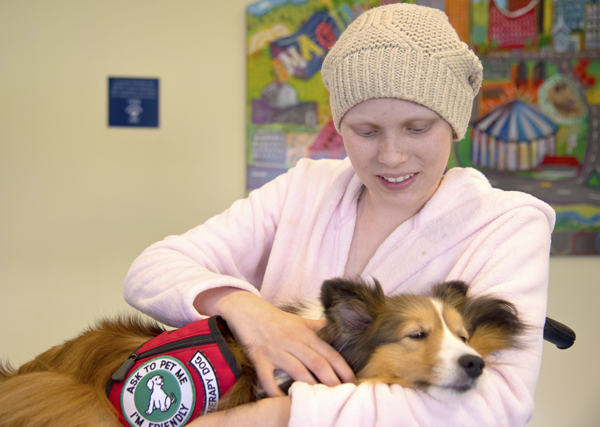|
It may not be a magic bullet or the fountain of youth, but with it, patients on walkers have stood longer; stroke victims in recovery have walked farther; children in hospitals have smiled bigger.
|

|
There are almost countless varieties of heirloom tomatoes on God's green earth, and Marcus Blanton is out to find the very best one.
|
|
A couple of interesting events is scheduled for the upcoming week at the Medical Center.
|

|

|
The Medical Center is proud to announce the following additions to its faculty and leadership staff:
|
























